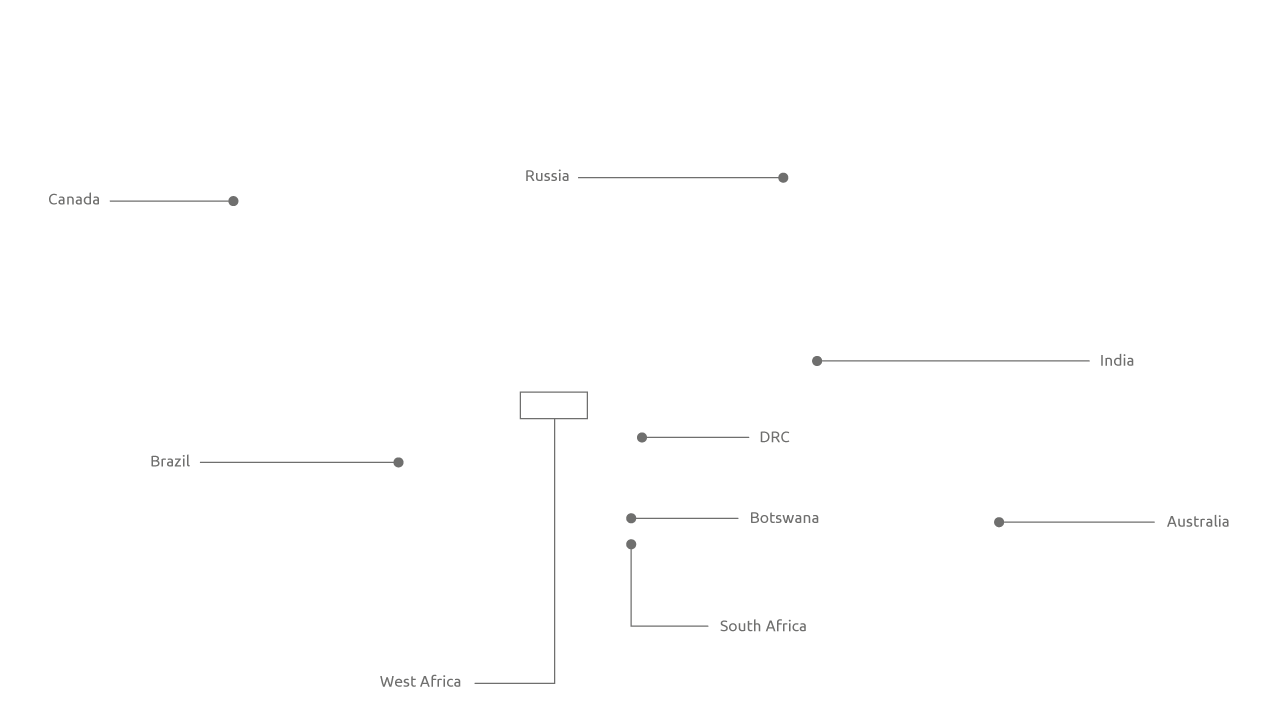A precious stone is…
- Mineral
- A stone which has a very specific formation conditions and geographic distribution
- A stone whose origin and provenance are fundamental for determining its quality
- A stone whose inclusions are natural and very distinct from a synthetic stone
- Generally treated and improved: heating, oiling, irradiation. These processes make the stones less desirable. For that reason, at SYNAPSIA, we offer only natural, untreated stones, representing a significantly greater and more sustainable value.
Its evaluation criteria are as follows:
- Beauty:
Transparency, colour, sparkle - Rarity:
The rarity of a gem is assessed based on its availability on the market - Hardness / inalterability:
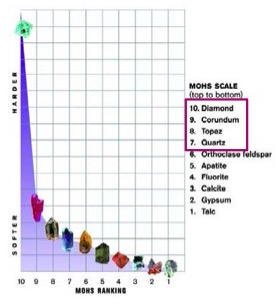
Global market:
Only 2% of rubies are untreated.
Cut:
These stones generally are very small in size, rarer than diamonds. Rubies greater than 3cts and transparent are extremely rare.
Colour:
The red is the result of the chromium found in the original corundum. The more chromium there is, the more intense the red will be. The rarest is called “ pigeon blood ” from the Mogok mine, in Burma (Myanmar).

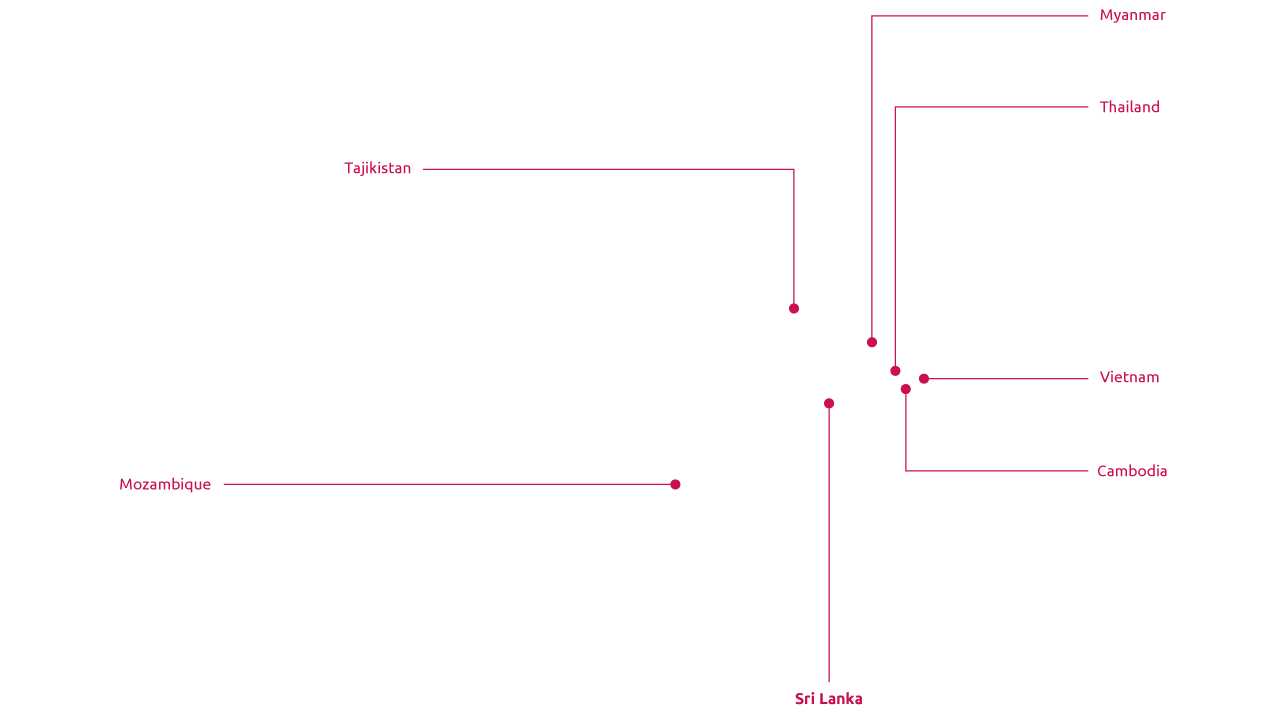
Global market:
Only 2% of sapphires are untreated.
Cut:
These stones are small in size. Sapphires greater than 5cts and transparent are extremely rare.
Colour:
They exist in all colours. The blue in the sapphire comes from traces of iron and titanium in the corundum. The two most sought-after colours of sapphires in the world are the famous “ cornflower blue ” and “ royal blue ” often coming from Burma.

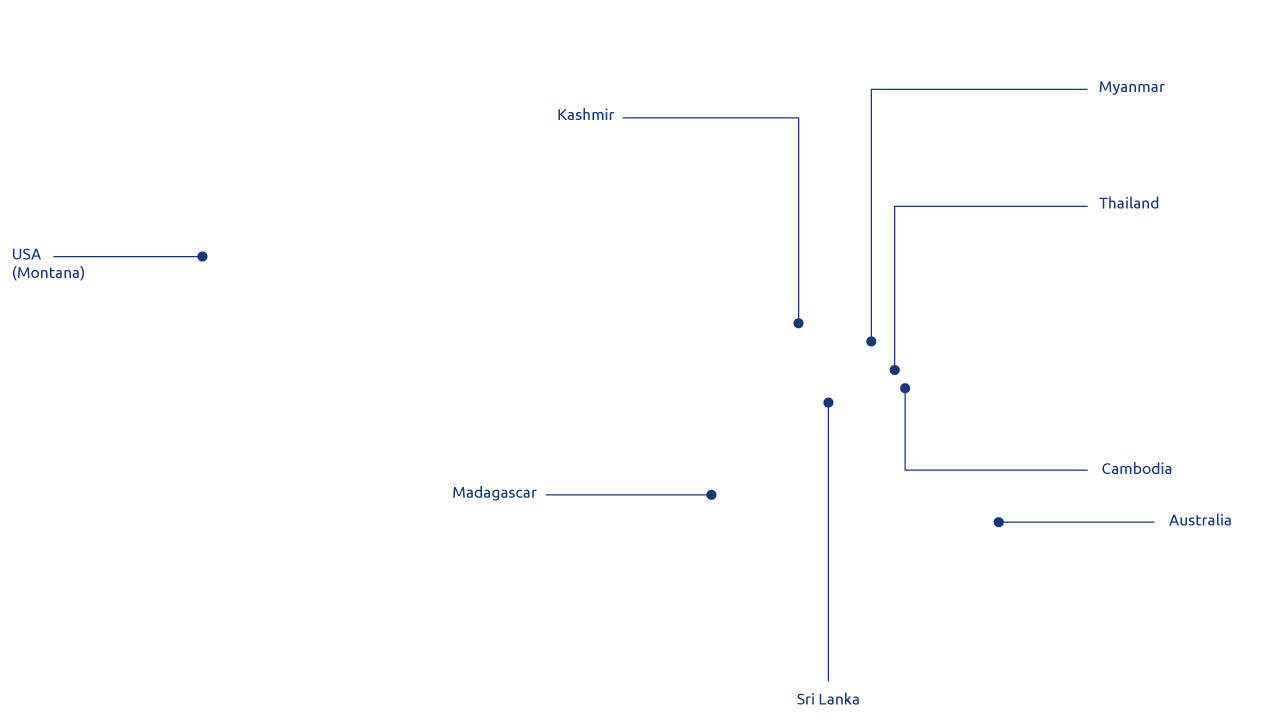
Global market:
Practically all emeralds are oiled; it is estimated that 1 to 2% of emeralds are not oiled.
Colour:
The emerald is the most precious member of the beryl family of gemstones and is coloured by traces of chromium and vanadium. The deeper and cleaner its green, the more it will be sought after.
Inclusions:
The extreme rarity of clean emerald is the reason why inclusions are tolerated. These inclusions are like a digital imprint, giving each emerald a distinct personality. The scientific report illustrates the quantity of fissures and inclusions present. The references « insignificant » and « minor clarity enhancement » are the most sought after.

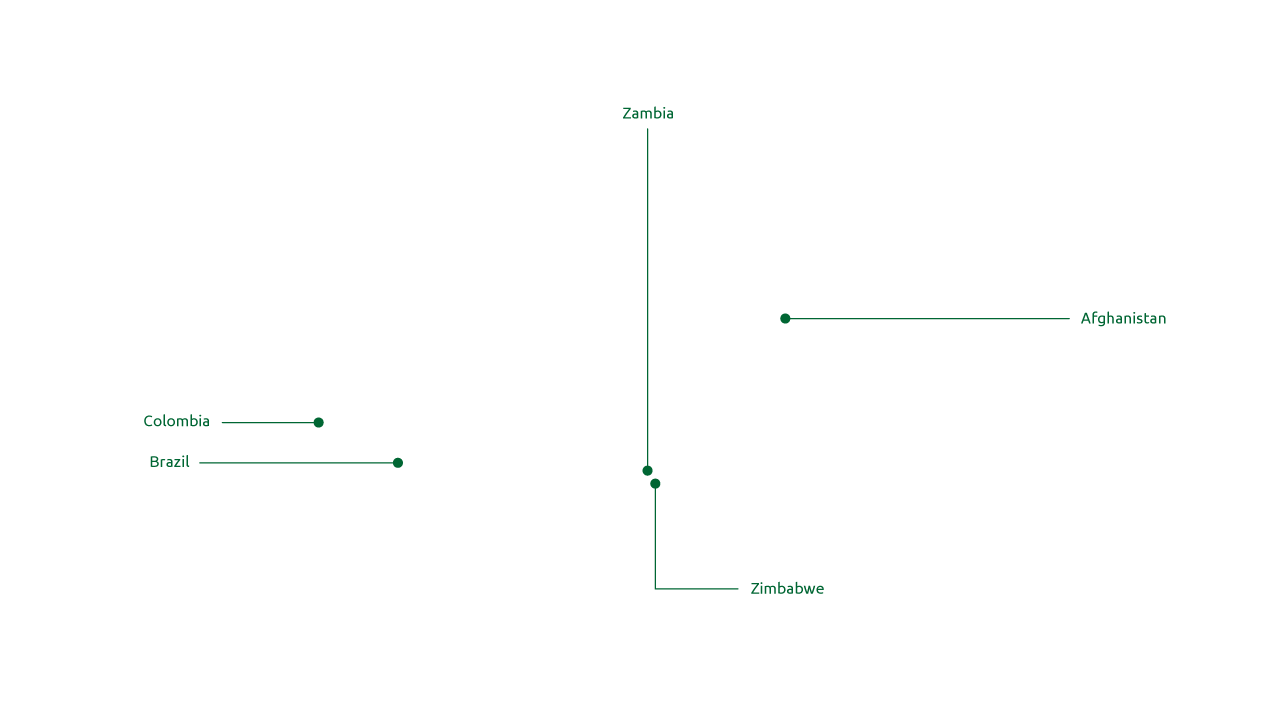
Carat:
The weight of a diamond is universally expressed in carats. 1ct = 0.2 grams according to the international standard of 1907. The carat is divided into 100 points, for example one diamond of 0.25 cts is equivalent to 25 points.
Colour:
The more colourless a diamond is, the rarer it will be and the greater value it will have. The international classification designates completely colourless diamonds by the letter D then continues in alphabetical order as the colour becomes more apparent.

Note: there are also diamonds of all colors: blue, red, pink, green, orange, etc. We would say, for example, that it is a Fancy Light Yellow diamond or a Fancy Intense Yellow diamond.
Clarity:
The clarity is defined by the quantity, the position, the colour and the form of the inclusions disturbing the transparency of the diamond. A diamond is called clear if no internal features appear under the 10x magnifying glass.
Cut:
The cut (proportions, symmetry, polish) is going to define how the stone interacts with light.

Laser inscription:
Diamonds often have a unique identification number engraved by laser onto the girdle and which provides a perfect traceability and corresponds to the certificate number. This technique is increasingly requested since it makes it very easy to identify the diamond.

